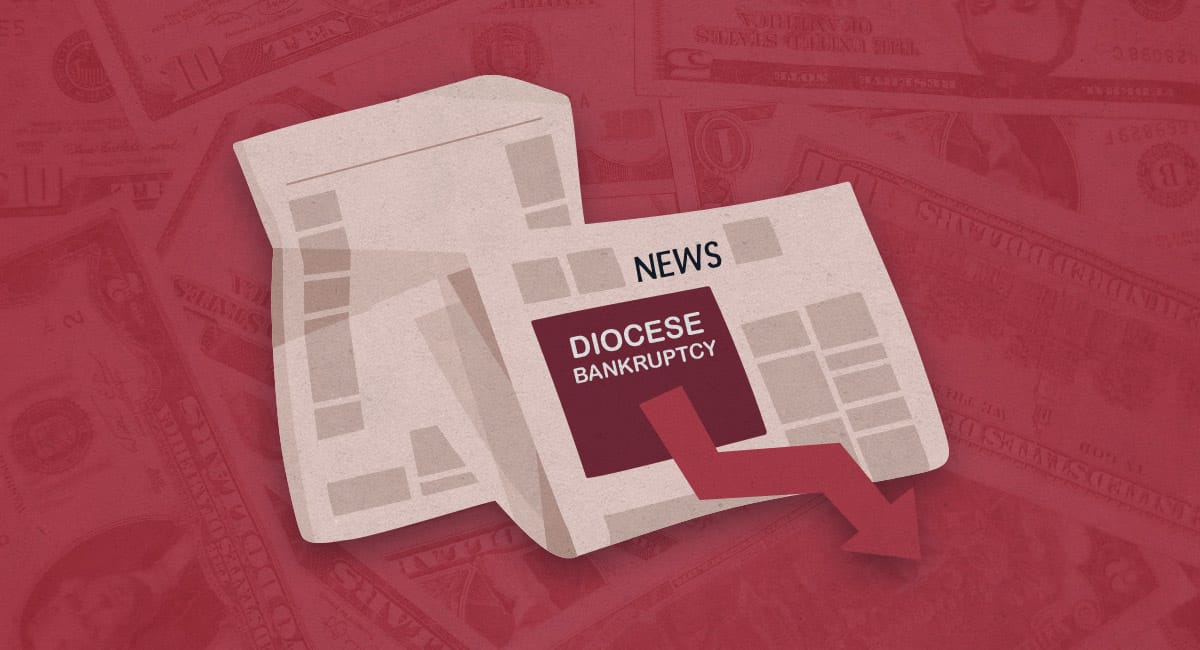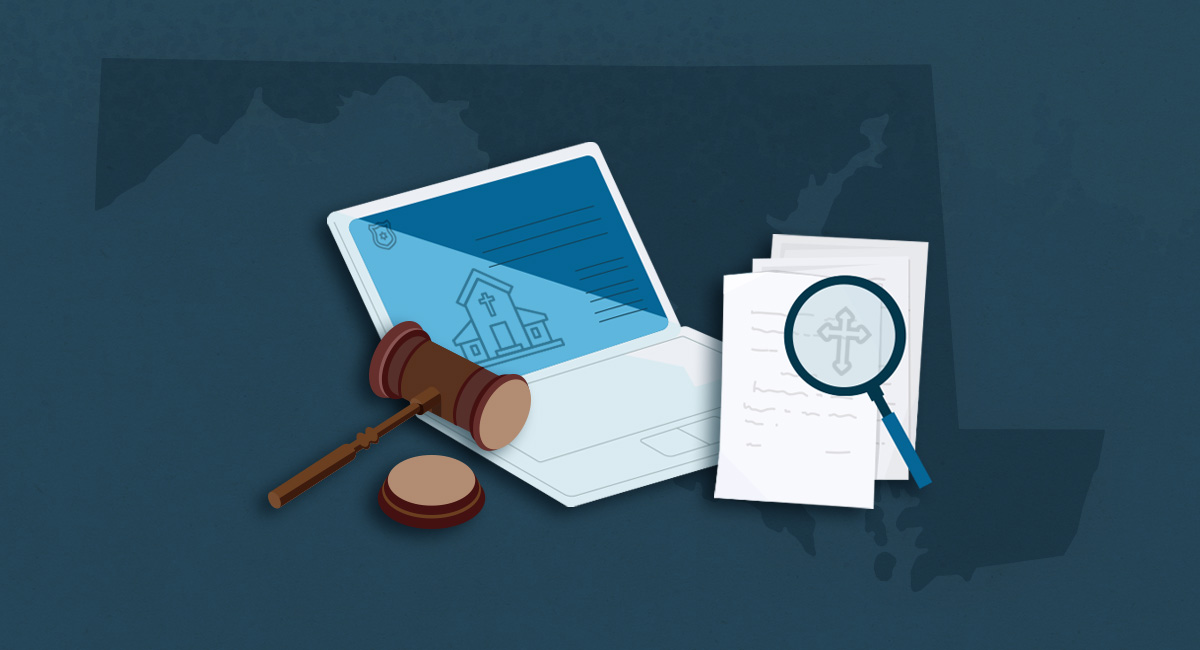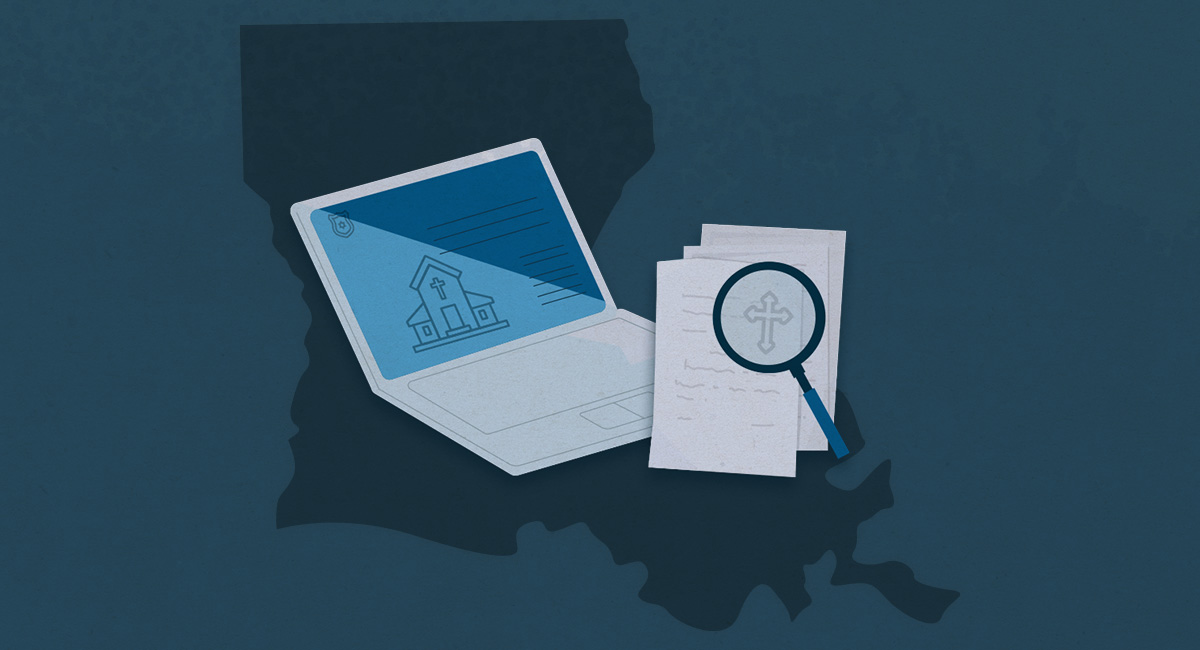Buffalo Diocese Files for Bankruptcy
The New York Diocese of Buffalo filed for Chapter 11 bankruptcy after facing a significant number of clergy sex abuse lawsuits.

On February 28, 2020, the Buffalo Catholic Diocese became the second diocese in the state of New York to file for Chapter 11 bankruptcy protection. Nationally, the Buffalo Diocese is one of more than 25 dioceses to file for bankruptcy.
Victims of clergy abuse are filing lawsuits against individual priests and dioceses. The costs associated with these lawsuits are causing some dioceses to file for bankruptcy. The lawsuits are the result of decades of sexual abuse of children at the hands of Catholic priests.
Deadline Update: In September 2020, the U.S. Bankruptcy Court announced a deadline for survivors to file abuse claims through the court. Any clergy abuse survivor seeking compensation from the Buffalo Diocese must file a claim by August 14, 2021.
Decades of Sexual Abuse in the Catholic Church
To fulfill its mission in each of the 195 Catholic Dioceses and Archdioceses in the United States, the Church stations priests in the various parishes. In 2018, the Buffalo Diocese had 161 parishes, with 379 priests ministering to 727,125 Catholics. For comparison, in 1966 it had 270 parishes, with 1,185 priests serving 913,640 members.
With more than a thousand Catholic priests serving nearly a million Catholics, clergy members had many opportunities to interact with minors. Some priests took advantage of their access and authority to sexually abuse children.
Further, religious leaders in charge of the dioceses often hid the abuse. Sometimes, the dioceses transferred abusive priests from parish to parish. This practice is commonly referred to as priest shuffling. Priest shuffling often enabled priests to continue abusing children in new parishes.
After decades of abuse, many of the victims are now adults seeking justice for the abuse they suffered. Survivors are now bringing cases against the priests who abused them and the church officials who hid the abuse.
Clergy Abuse Claims and Statutes of Limitations
Unfortunately, for many victims who sought justice over the years, too much time had passed between when the abuse occurred and when the victims brought their claims to court. Grand jury investigations in many cities have revealed decades of institutional abuse in the Catholic Church.
However, many victims brave enough to come forward with their stories were denied the opportunity to hold their abusers accountable due to a statute of limitations.
A statute of limitations (SOL) is a legal deadline. SOLs vary based on the jurisdiction, the crime and the intended legal action (criminal charges versus a civil claim).
Helping Victims of Abuse Through Legislative Reform
As a result, many states adopted laws that provide a “look-back” window during which victims can assert their claims for past abuse. New York adopted the Child Victims Act (CVA), which provides a one-year “look back” window.
This window allows victims who were previously barred by the statute of limitations to bring their claims to court. The window opened on August 14, 2019. In the days immediately following, hundreds of victims in New York filed lawsuits against the Catholic Church. These reforms have proven to be effective in allowing more claims to be filed.
Due to the 2020 pandemic, New York State courts were temporarily closed, significantly reducing the initial “look back” window for survivors. To address this shortened window, New York lawmakers extended the window deadline by one full year.
The New York legal “look back” window for child sexual abuse survivors will now close on August 14, 2021.
As of October 2020, 24 states have introduced bills that reform current statutes to allow victims to file civil sexual abuse claims that were previously barred by the legal deadline.
Why Dioceses File for Bankruptcy Protection
In the meantime, 27 dioceses across the country filed for bankruptcy while facing numerous lawsuits. The first to file in New York was the Diocese of Rochester, in September 2019. By January 31, 2020, more than 1,000 victims had filed lawsuits against the Catholic Church in New York.
The Buffalo Diocese became the second of the eight dioceses in the state to file bankruptcy.
The church claims that filing bankruptcy is the best way to ensure the victims of sexual abuse are compensated. Advocates for the victims contend that bankruptcy is the church’s strategy for minimizing recovery for victims. They allege bankruptcy limits exposure and allows the diocese to salvage financial resources. This has spurred contentious debate over the propriety of the church’s decision to file for bankruptcy protection.
How Bankruptcy Affects Abuse Victims’ Lawsuits
By filing for bankruptcy, any lawsuits filed against the diocese in state court are paused and moved to the Federal Bankruptcy Court proceeding. This forces abuse victims to get in line with other creditors of the church to share in a limited amount of resources available to cover their claims.
According to the filings for the Buffalo Diocese, there are more than 200 creditors involved in the bankruptcy proceeding. Nineteen of the top 20 creditors are sexual abuse victims. The diocese claims its liabilities total anywhere between $50 million and $100 million but that it only has between $10 million and $50 million in assets available to pay all of its creditors.
The Bankruptcy Court will have to sort out what each creditor will receive. It remains to be seen how many cases will go to trial versus settled in court. It’s also unclear where the dioceses will obtain the funds to settle these claims.
For example, in the case of the Buffalo Diocese, the issue may be whether resources from its parishes, schools, hospitals and other nonprofit service agencies, which total more than $100 million but are incorporated separately, will be accessible for victims.
New Legal Opportunities for Sexual Abuse Victims
It may seem that the church made the strongest move in the legal chess match by filing for bankruptcy. By doing so, it deflects the focus from the church’s accountability for covering-up the abuse to the financial details of the bankruptcy proceeding and the calculation of settlements.
However, the victims still have countermoves they can make. One strategy may be to extend the window of opportunity for bringing claims that would be otherwise banned by the statute of limitations.
For example, legislation now pending in New York would extend the current Child Victims Act revival window for another year. It would allow victims to file claims until August 13, 2021. What effect this will have on the six New York Dioceses that have not yet filed for bankruptcy remains to be seen.
Buffalo Diocese Bankruptcy Update
In September 2020, the judge handling the Buffalo Diocese’s bankruptcy filing announced a deadline for clergy abuse survivors to file claims with the court.
According to a decision from Chief Judge Carl L. Bucki, survivors must file an abuse claim with the bankruptcy court by August 14, 2021. If survivors do not miss this deadline, they may forfeit their chance to receive compensation from the Buffalo Diocese.
This new deadline coincides with the extended deadline for the state “look back” window.
Sources
- 1
BishopAccountability.org. (N.D.) Bankruptcy Protection in the Abuse Crisis.
- 2
Catholic Diocese of Buffalo (N.D.) Message from Bishop Scharfenberger regarding Coronavirus.
- 3
Catholic-Hierarchy. (N.D.) Diocese of Buffalo.
- 4
ChildUSA. (N.D.) 2020 SOL Summary.
- 5
McKinley, J., Stack, L. (2020, February, 28). Facing Sex-Abuse Claims, Buffalo Diocese Declares Bankruptcy. The New York Times.
- 6
New York State Senate. (2020, February 15). Section 214-G, Certain child sexual abuse cases, Civil Practice Law & Rules (CVP).
- 7
Orr, S., McCoy, K. (2020, February 28). Buffalo diocese files for bankruptcy protection over hundreds of child sex abuse claims. USA Today.
- 8
Tokasz, J. (2020, February 28). Buffalo Diocese files for Chapter 11 bankruptcy. Buffalo News.
- 9
Tokasz, J. (2020, September 11). Bankruptcy judge sets deadline for filing clergy abuse claims against diocese. The Buffalo News.
- 10
United States Conference of Catholic Bishops. (2020, February 6). Bishops and Diocese.



